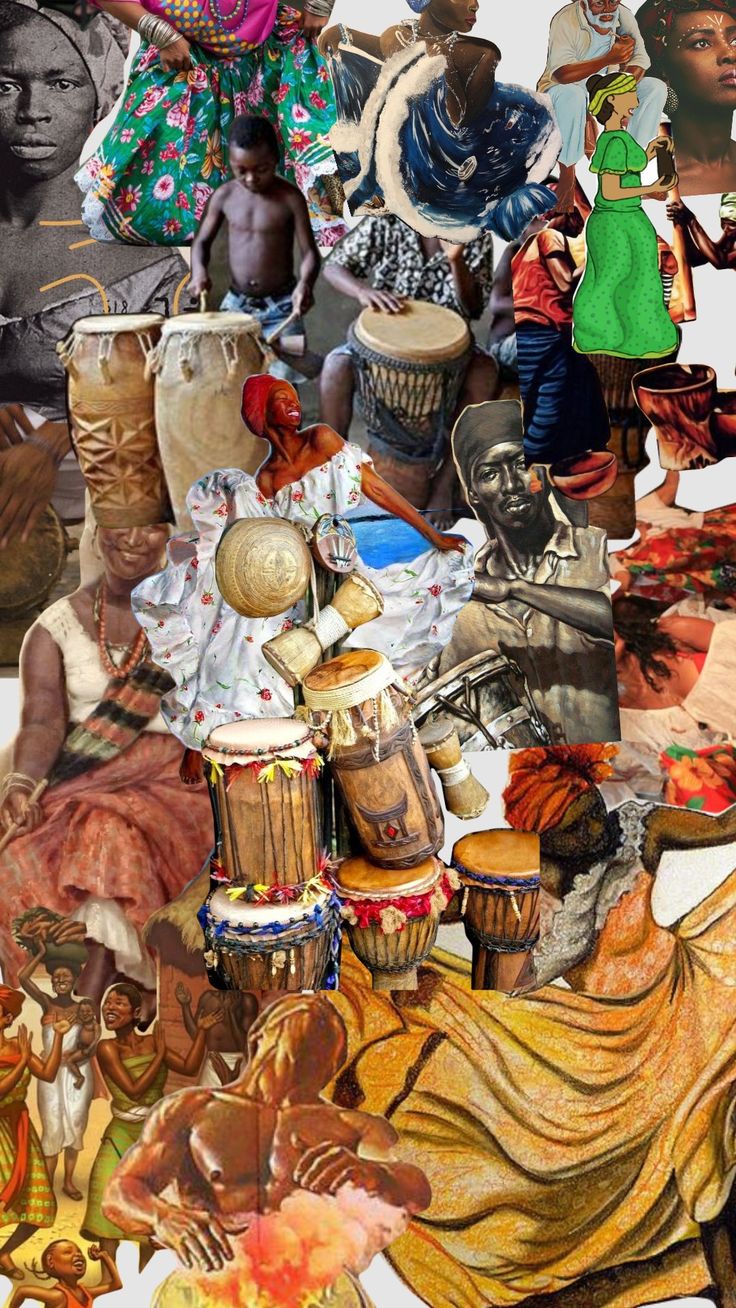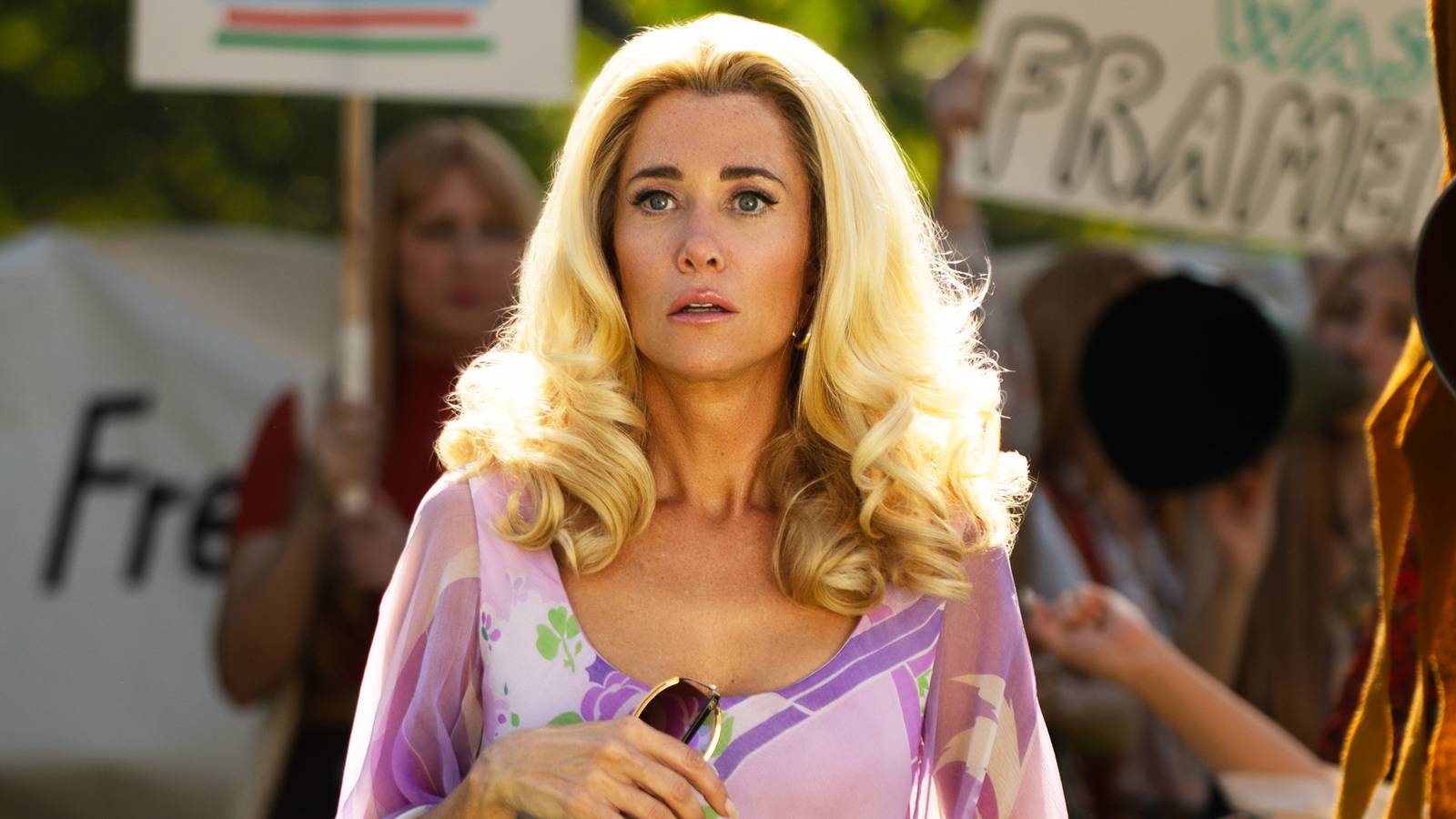Urban African Youth and the Rebirth of Cultural Identity

Across Africa’s bustling cities, a cultural renaissance is unfolding. Urban youth, empowered by technology, global exposure, and a renewed pride in their roots, are redefining what it means to be African. From the lively streets of Nairobi to the creative neighborhoods of Johannesburg, young Africans are merging ancestral traditions with modern trends, crafting a powerful identity that celebrates heritage while embracing progress.
Tradition, Modernity, and the Digital Revolution
In Kenya, music has become a vehicle for cultural pride. The rise of Gengetone blends traditional beats with urban slang, creating a sound that resonates across East Africa. Artists like Ethic Entertainment and Sailors Gang weave local dialects into lyrics, asserting authentic identity while reaching global audiences. Nairobi’s fashion scene mirrors this movement—designers integrate Maasai beadwork and Kikoy textiles into streetwear, proving heritage and innovation can coexist beautifully.
(8).jpeg)
image source: Google
In South Africa, the Amapiano music wave dominates international charts. DJs like Kabza De Small and Major League DJz mix ancestral rhythms with electronic beats, showcasing African creativity to the world. Johannesburg’s art spaces, such as Maboneng, feature murals blending historical figures with pop culture, illustrating how youth bridge past and present in visually stunning ways. These creative expressions show that culture is not static; it’s evolving, alive, and globally influential.
Technology amplifies this cultural revival. Platforms like TikTok, Instagram, and YouTube give African youth a global stage. Nairobi’s influencers blend humor, education, and cultural commentary, while South Africa’s #IamAfrican campaign empowers youth to share personal stories, redefining African identity. Digital spaces now act as museums, stages, and classrooms where African heritage thrives.
Digital activism is equally significant. Initiatives like Africa No Filter use storytelling to challenge stereotypes, highlighting African innovation and resilience. Collaborations across borders, Kenyan photographers with Ghanaian designers, South African producers with Tanzanian singers create a pan-African creative network that thrives on shared identity.
Language, Challenges, and the Business of Culture
Language is central to this transformation. In Kenya, Sheng, a hybrid of Swahili, English, and local dialects has become a symbol of youth identity. South African musicians revive isiZulu and isiXhosa lyrics in modern tracks, proving indigenous languages can thrive online. Poetry events in Nairobi and slam competitions in Johannesburg weave ancestral wisdom into contemporary performance, showing language’s power to unite and inspire.
Challenges persist. Commercialization threatens authenticity, with global brands mass-producing “African-inspired” designs without credit to local artisans. Urbanization can weaken ties to rural traditions, while inequality limits access to resources for marginalized youth. In conservative communities, cultural reinvention is sometimes resisted, forcing youth to navigate between tradition and creativity.
Despite obstacles, opportunities are expanding. Governments in Kenya and South Africa increasingly support the creative economy. Nairobi’s Creative Economy Task Force and South African cultural grants empower young creators to transform passion into sustainable careers. These policies recognize culture as both an economic driver and a force for unity.
The business side of cultural identity is booming. African streetwear brands, Afrobeat record labels, and online art markets attract investors, creating jobs and strengthening pride. The rise of digital marketplaces such as Jumia Arts and African online galleries now allows young creators to sell globally while staying rooted in local traditions.
When youth-led brands succeed internationally, they challenge Western dominance in fashion and music, proving African culture has economic power.
(7).jpeg)
image source: Google
Case Studies: Kenya, Ghana, and Tanzania
In Kenya, cultural hubs like Nairobi’s GoDown Arts Centre nurture emerging artists, while tech companies partner with creators to showcase digital African art. The growth of African podcasts, such as “Legally Clueless,” reflects how storytelling rooted in tradition finds new audiences online.
Ghana has embraced its cultural wave through Afrobeat’s global rise. Artists like Stonebwoy and Sarkodie have become cultural ambassadors, merging local rhythms with global collaborations. Festivals like Chale Wote Street Art Festival in Accra unite thousands of creatives, merging visual arts, performance, and heritage. The event has become a symbol of Ghana’s urban cultural rebirth.
Tanzania blends Bongo Flava with strong Swahili influences, showing how music can dominate streaming platforms worldwide. Fashion designers from Dar es Salaam gain global recognition for bold, Africa-rooted designs. This confidence spills into business, tourism, and diplomacy, enhancing Tanzania’s global image.
Global Parallels, Diaspora Influence, and Unique African Pathways
The cultural revival of African youth mirrors global trends, similar to Latin America’s urban art movements or Asia’s K-pop revolution. Yet, Africa’s case is distinct because it emerges from a history of colonization that suppressed cultural expression. Today’s youth are reclaiming their heritage and defining it on their own terms.
The African diaspora also plays a role. Young Africans abroad influence trends back home through collaborations, investments, and cultural exchange. Diaspora festivals in Europe and North America showcase African talent, fostering pride and economic growth. Platforms like Spotify’s “African Heat” playlist have amplified African voices globally, turning local sounds into worldwide phenomena.
Future Predictions and Opportunities
The future of African cultural identity is promising. With rising investment in creative industries, youth will continue monetizing their art without compromising authenticity. Cross-border cultural festivals, digital storytelling, and collaborative projects will strengthen pan-African unity.
Urban youth will also shape policies on copyright, cultural preservation, and economic development. Countries investing in creative infrastructure, studios, art centers, and digital hubs will lead the cultural economy of tomorrow.
Education remains essential. Schools integrating arts and entrepreneurship empower youth to navigate the evolving cultural landscape. When education supports culture, it produces innovators ready to lead Africa’s creative future.
A Vision for Tomorrow
Urban African youth are spearheading a cultural transformation that redefines Africa’s place in the world. By blending tradition with innovation, they prove culture is not just heritage, it’s a living engine driving economies, reshaping narratives, and building pride.
Their influence extends far beyond art. They challenge outdated norms, promote social change, and shape policies that protect cultural heritage. With every beat of Amapiano, every piece of Sheng poetry, and every cross-border collaboration, they send a message: Africa is not following trends, it’s creating them.
As governments, businesses, and communities support this renaissance, Africa stands on the edge of a new era where culture is celebrated, monetized, and globally respected. The rebirth of African cultural identity is not just an artistic movement, it’s a revolution shaping the continent’s future.
Recommended Articles
There are no posts under this category.You may also like...
Super Eagles' Shocking Defeat: Egypt Sinks Nigeria 2-1 in AFCON 2025 Warm-Up

Nigeria's Super Eagles suffered a 2-1 defeat to Egypt in their only preparatory friendly for the 2025 Africa Cup of Nati...
Knicks Reign Supreme! New York Defeats Spurs to Claim Coveted 2025 NBA Cup

The New York Knicks secured the 2025 Emirates NBA Cup title with a 124-113 comeback victory over the San Antonio Spurs i...
Warner Bros. Discovery's Acquisition Saga: Paramount Deal Hits Rocky Shores Amid Rival Bids!

Hollywood's intense studio battle for Warner Bros. Discovery concluded as the WBD board formally rejected Paramount Skyd...
Music World Mourns: Beloved DJ Warras Brutally Murdered in Johannesburg

DJ Warras, also known as Warrick Stock, was fatally shot in Johannesburg's CBD, adding to a concerning string of murders...
Palm Royale Showrunner Dishes on 'Much Darker' Season 2 Death

"Palm Royale" Season 2, Episode 6, introduces a shocking twin twist, with Kristen Wiig playing both Maxine and her long-...
World Cup Fiasco: DR Congo Faces Eligibility Probe, Sparks 'Back Door' Accusations from Nigeria

The NFF has petitioned FIFA over DR Congo's alleged use of ineligible players in the 2026 World Cup playoffs, potentiall...
Trump's Travel Ban Fallout: African Nations Hit Hard by US Restrictions

The Trump administration has significantly expanded its travel restrictions, imposing new partial bans on countries like...
Shocking Oversight: Super-Fit Runner Dies After Heart Attack Symptoms Dismissed as Heartburn

The family of Kristian Hudson, a 'super-fit' 42-year-old marathon runner, is seeking accountability from NHS staff after...
.png&w=1920&q=75)
